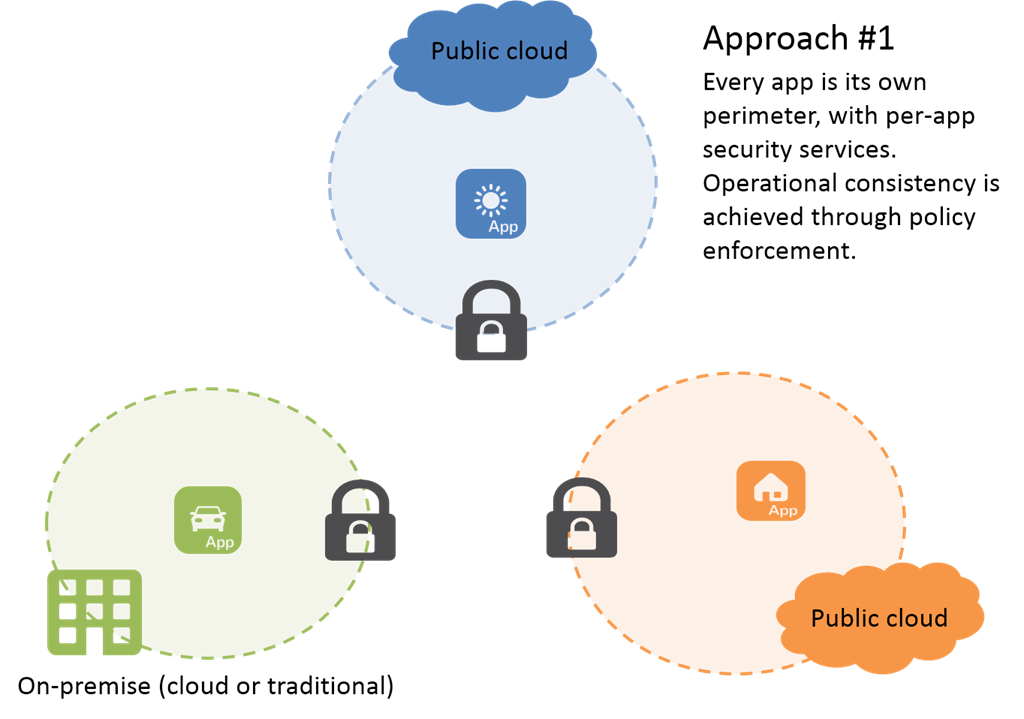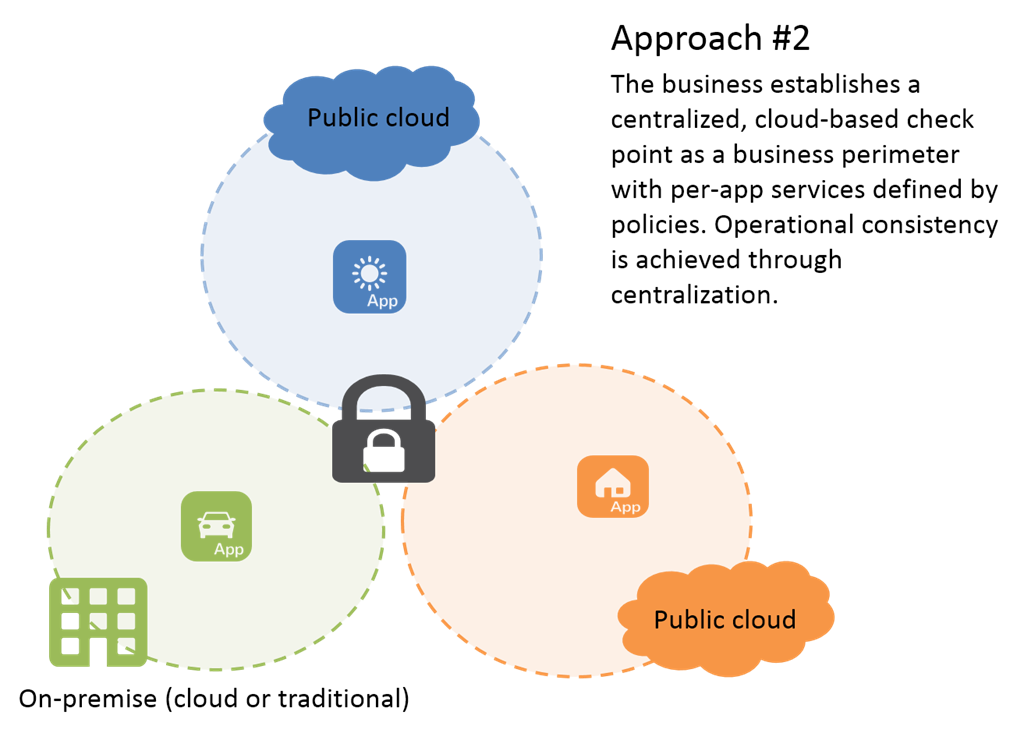クラウドのセキュリティ: ビジネス境界
スパルタのレオニダスは、はるかに大きく凶暴なペルシャ軍からスパルタを守らなければならない状況に直面したとき、そのためにテルモピュライの狭い峠を特に選びました。 スターリング橋の戦いでは、ウィリアム・ウォレスとスコットランド軍が橋の狭い渡り方を有利に利用してイングランド軍を打ち破った。 ダンジョン クロールではまり込んでしまった場合、ドアの前に立つと、100 体のゾンビの有効能力が一度に 2 体または 3 体にまで低下します。
攻撃者に単一の制限された制御ポイントを通過させる戦略は古くからあるものです。 本質的には、防御側よりも攻撃側の数が大幅に多いという利点が減少します。
私たちはテクノロジーの分野で長年この戦略を採用してきました。 それはファイアウォールと呼ばれます。 これは戦略的な制御ポイントであり、通常は目的 (アプリとデータ) への「ゲートウェイ」となります。 そして、すべてがファイアウォールの背後にあり、それが攻撃者が目的の場所にアクセスできる唯一のポイントである限り、それは非常にうまく機能しました。

しかし、クラウドが普及した現在では、攻撃者が目的の場所にアクセスできるポイントがさらに増えています。 各アプリには独自の保護境界が必要です。 独自の DDoS 保護と、独自の個人的なプライベート Webapplicationセキュリティ ポリシーが必要です。 彼らは基本的にこれまでと同じ保護を必要としていますが、今は別の場所でそれを必要としています。 インターネットという広大な戦場に展開するビジネス フォース (つまりアプリケーション) を保護するには、アプライアンスではなくアーキテクチャが重要です。
いくつかのオプションが利用可能です。 たとえば、アプリごとの保護を、どこに展開されても、より大きな「applicationアーキテクチャ パッケージ」の一部として展開できます。 それはオンプレミス、クラウドにインスパイアされた環境、またはパブリック クラウドにある可能性があります。 どこにあっても、そこに保護を展開し、applicationを使用してアプリ固有のアプリごとの境界を形成し、テルモピュライのパスが提供したのと同じ戦略的な制御を提供します。 ここでの利点は、アプリのセキュリティが必然的にアプリにパッケージ化されていることです。 ゼロトラストをクラウドに導入します。

もう 1 つの戦略は、サーバーレス アーキテクチャの原則に基づいています。これは、簡素化されたクラウドベースのソリューションの利点を犠牲にすることなく、セキュリティを集中化するクラウド ファーストのアプローチです (多くのセキュリティ専門家の希望リストで依然として高い需要があります)。 つまり、ファイアウォールが提供する従来の戦略的制御を適応させ、それをクラウド、つまり「サービスとしての」モデルに移行するということです。 このようなアプローチにより、組織は、データ センターが引き続き「プライマリ」セキュリティ サービスをホストし、すべてのトラフィックがそこを通過することになる、おそらくコストのかかるモデルを回避しながら、アプリ セキュリティを集中管理できるようになります。 この非効率性を解決するには、DDoS 保護やアプリ ファイアウォールなどのセキュリティを、帯域幅、容量、アクセスが広く利用できるクラウドに移行するのが最適です。 集中化とデバイス管理の排除の利点は大きいです。
どちらのアプローチを選択したか(または選択する予定であるか)に関係なく、1 つの厳しい現実が浮かび上がります。それは、企業の境界はもはやビジネスの境界ではないということです。 さまざまなクラウド上のアプリの数が増加し、モノのインターネットが着実に確実に成長していることから、セキュリティ戦略では、クラウド内のアプリを保護する方法だけでなく、クラウドを使用してあらゆる場所のアプリを保護する方法も検討する必要があります。
